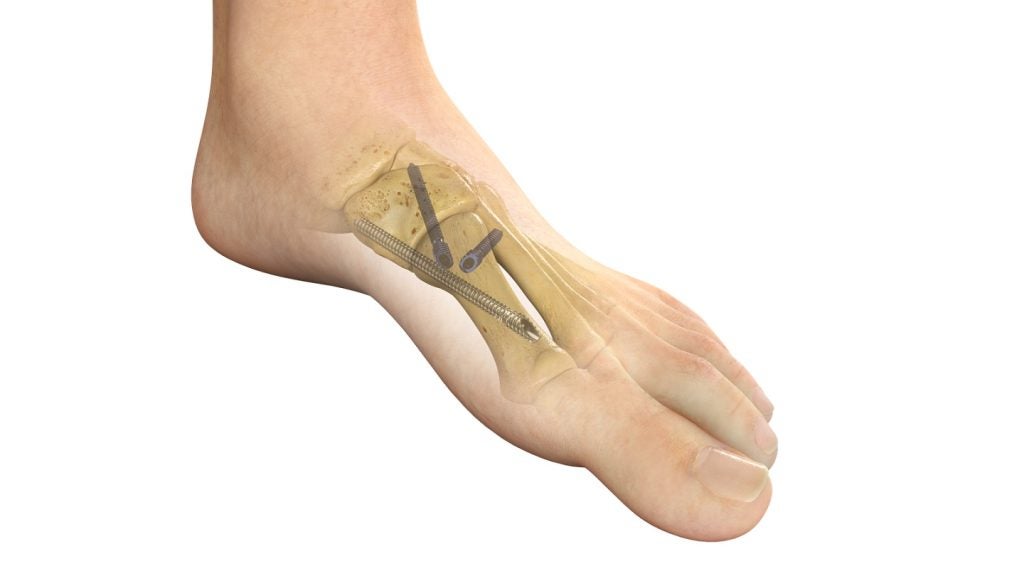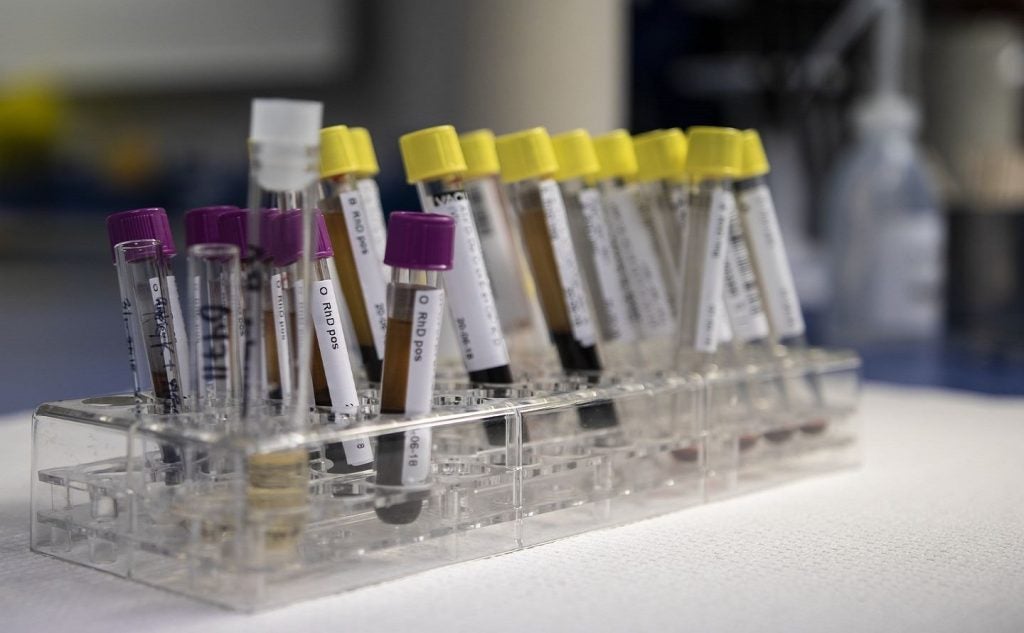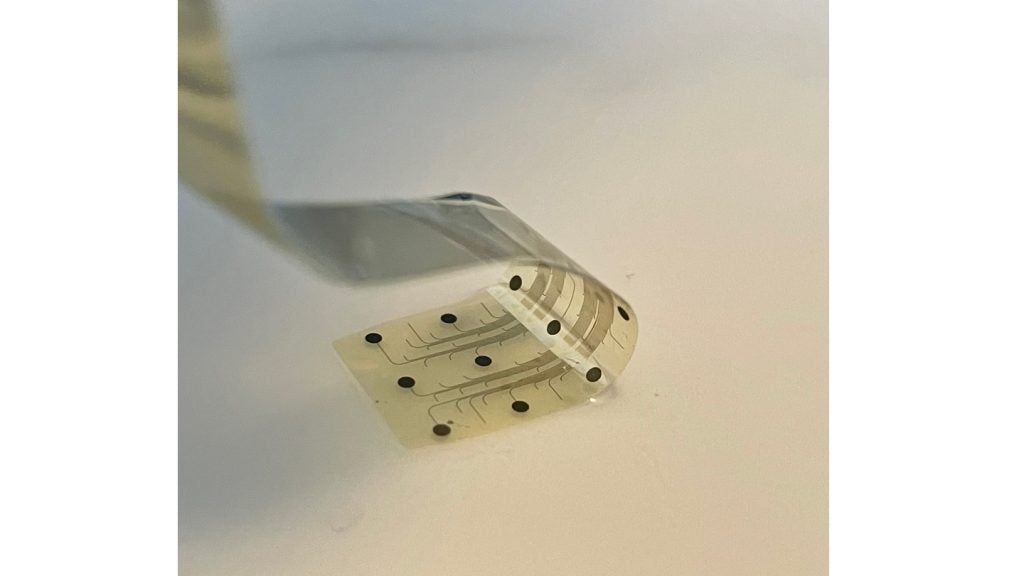Stryker has announced the introduction of the new internal fixation system, PROstepMIS Lapidus, for the treatment of bunions.
To treat bunions, the system utilises a minimally invasive surgical approach to reduce hallux valgus deformity, followed by fusion of the first metatarsal cuneiform joint.
PROstep provides better fixation stability through a minimal incision. It features MIS joint preparation, triplanar reduction and a construct with three screws to form a tension band for biomechanical stability.
The new system provides a 2.5% reduction in recurrence compared to open Lapidus procedures and a 9% decrease in non-union rates due to MIS Lapidus joint preparation.
It also offers a 76% decrease in scar size versus open bunion correction procedures and lower opioid usage post-op versus open Lapidus procedures.
Stryker Foot and Ankle business unit general manager and vice-president Patrick Fisher said: “PROstep MIS Lapidus puts the power back in our surgeon customers' hands to make the best decision for their patients.
“At Stryker, we're continuing to expand our surgery options to support our commitment to advancing minimally invasive foot and ankle surgery.”
The system is being exhibited at the American Orthopaedic Foot & Ankle Society Annual Meeting in Louisville, Kentucky, US. The event is taking place between 20 and 23 September.
Furthermore, the company is set to launch the 4WEB Cotton, Evans and Utility wedge implants and instruments, which are part of the 4WEB Osteotomy Truss System (OTS).
It is the exclusive distributor of the OTS, which features wedge implants for osteotomies of the foot.















